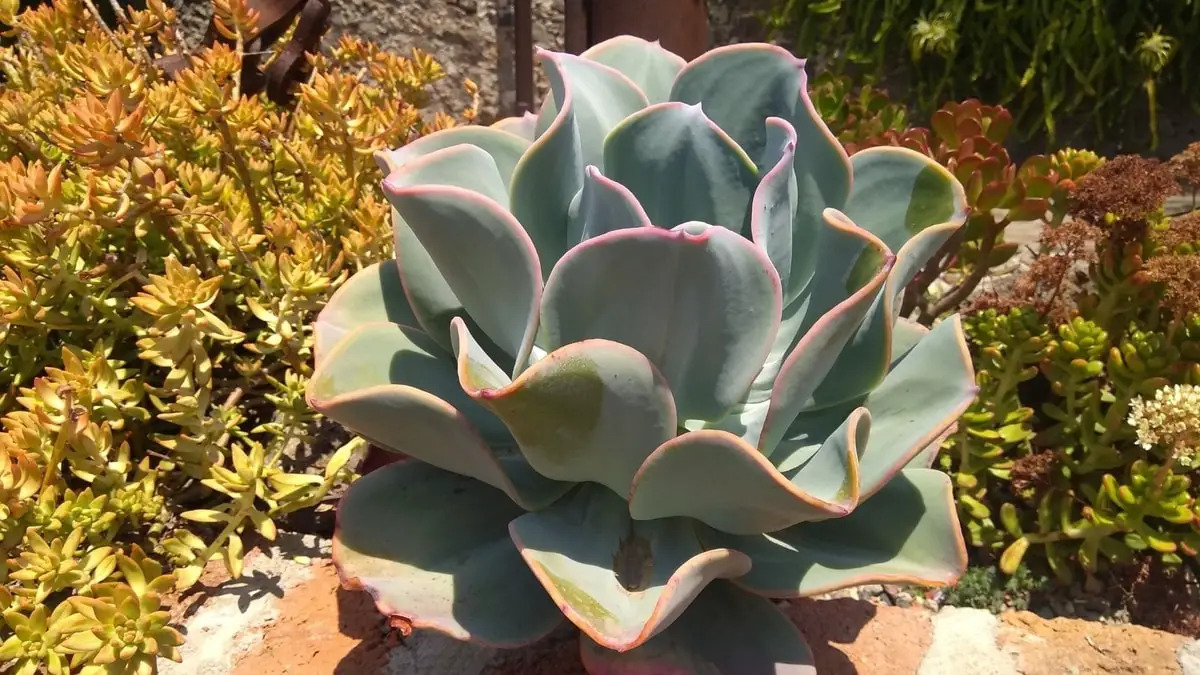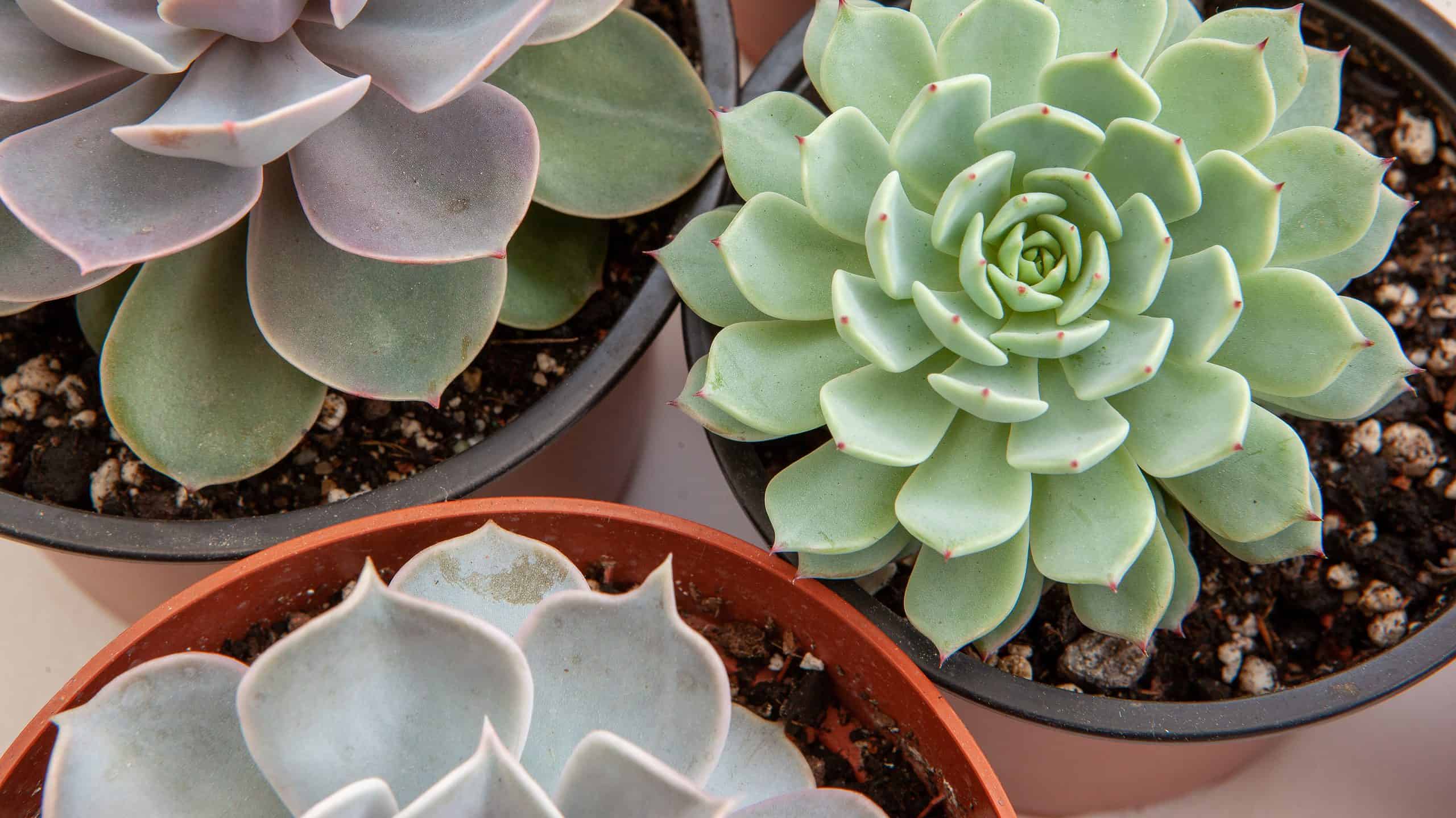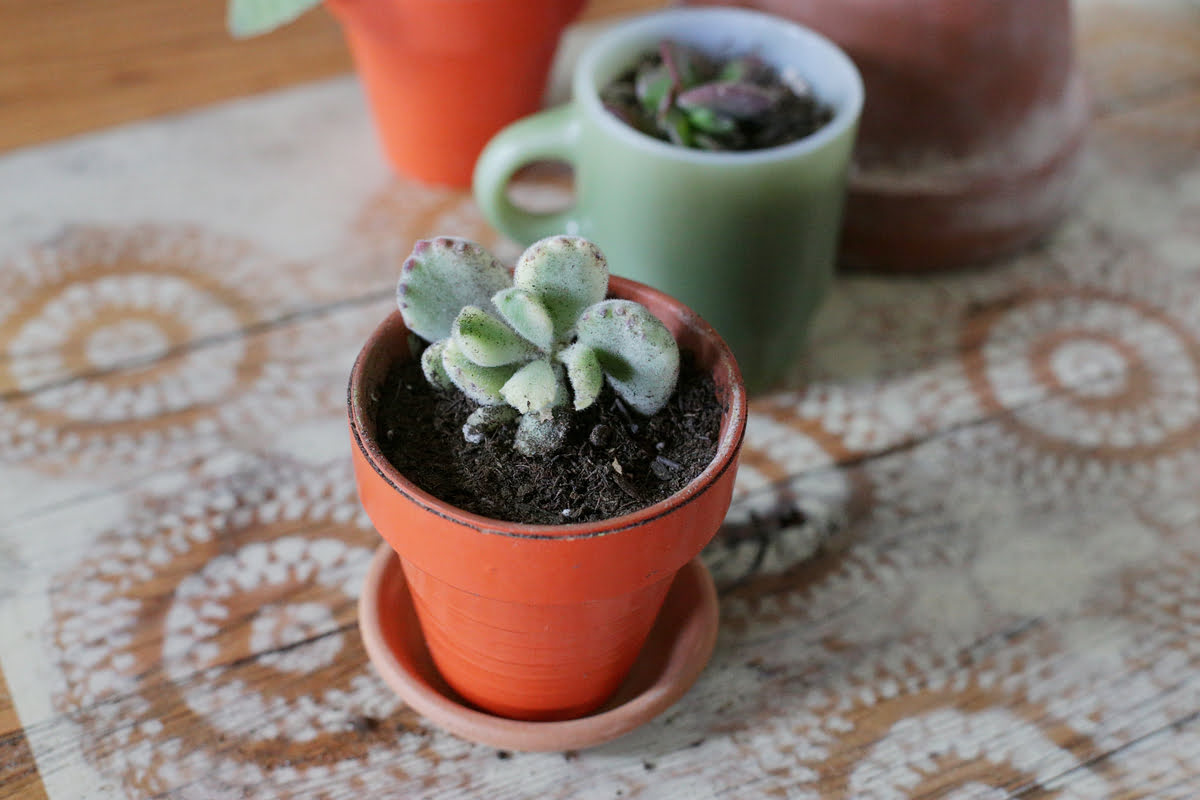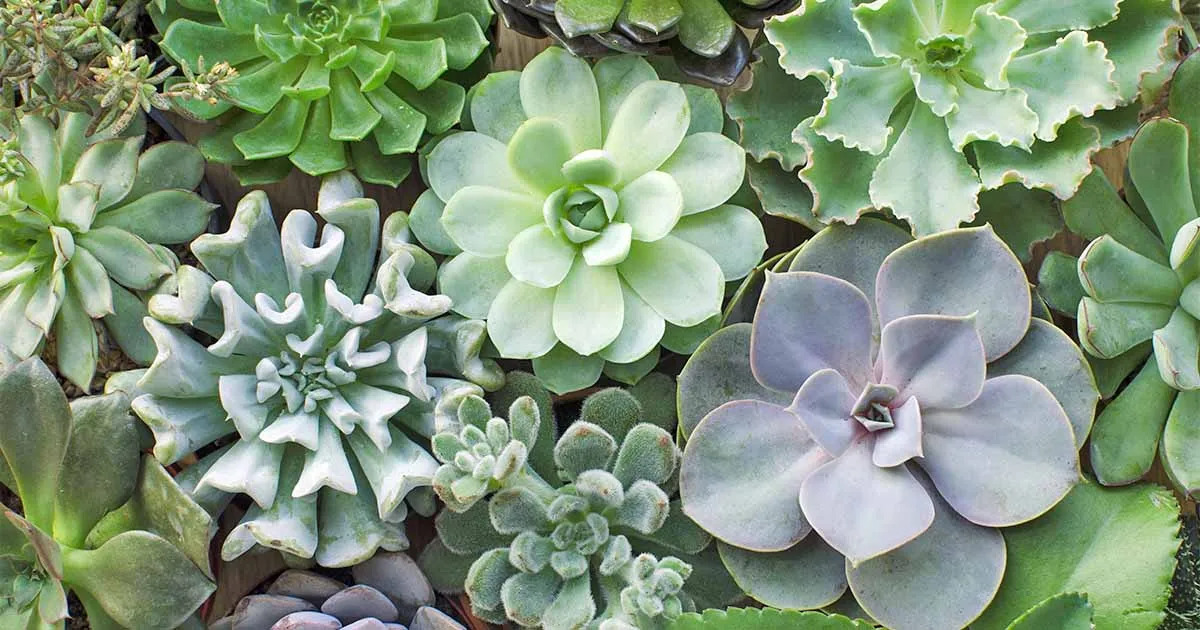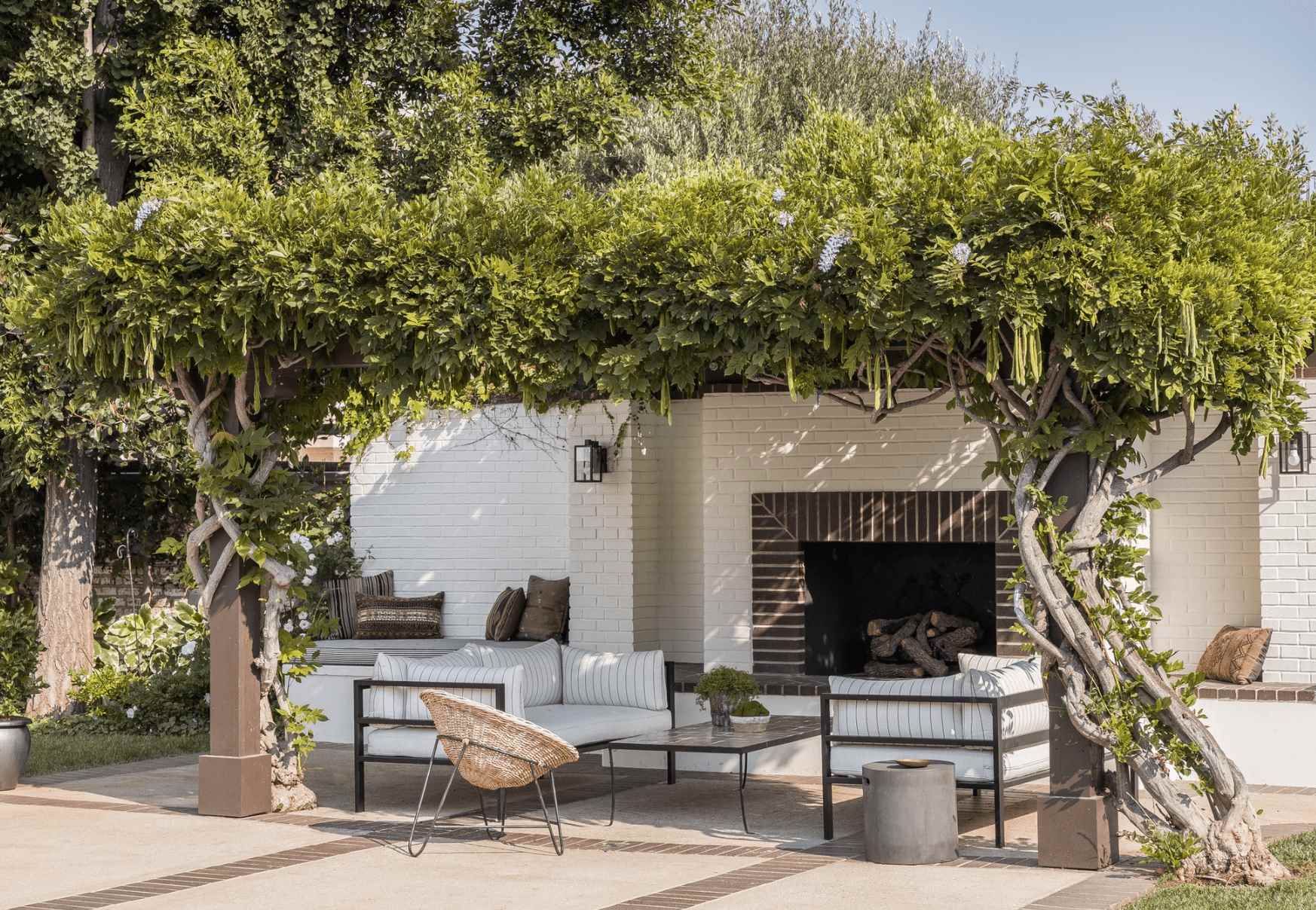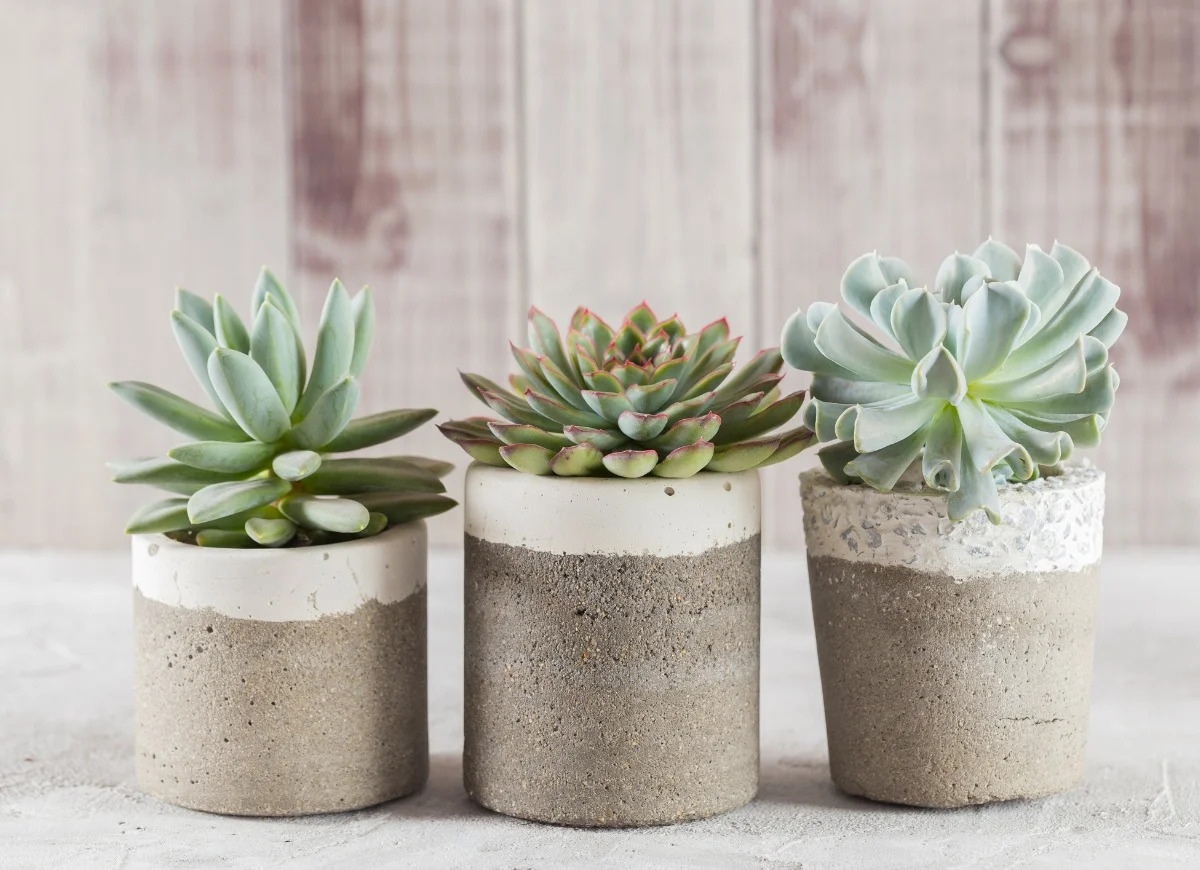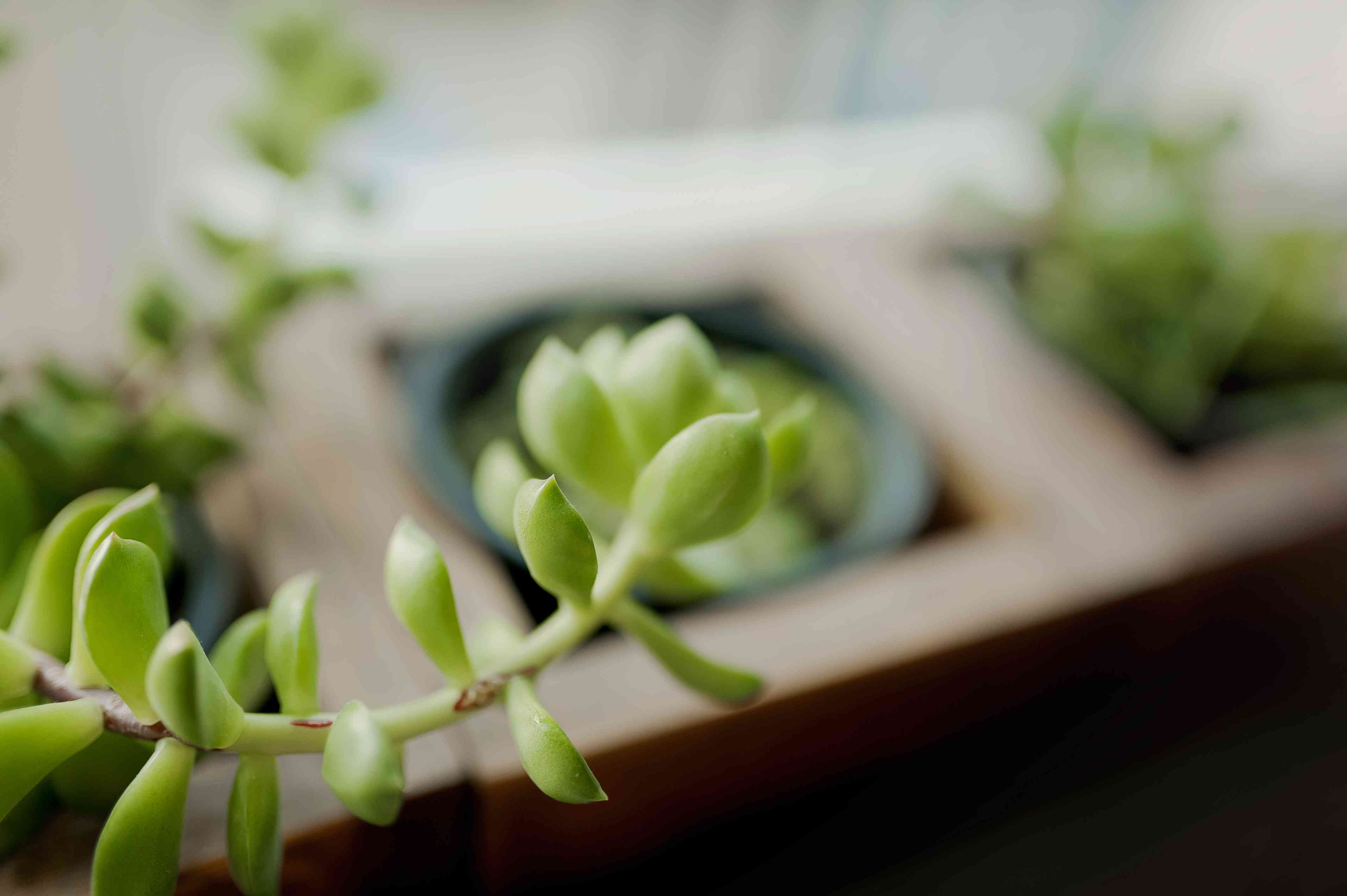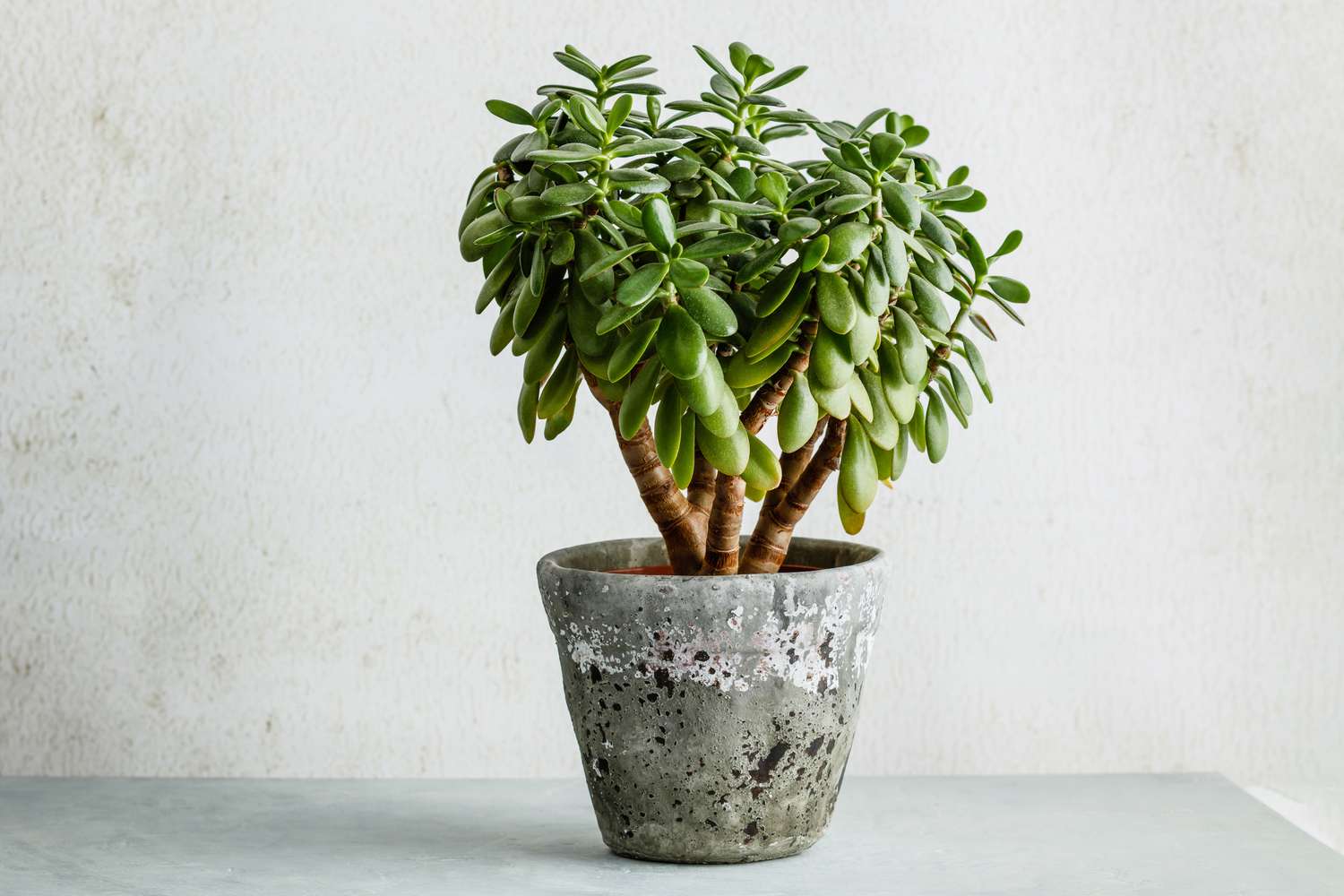Home>Types of Gardening>Ornamental Gardening>What Succulents Grow In Shade
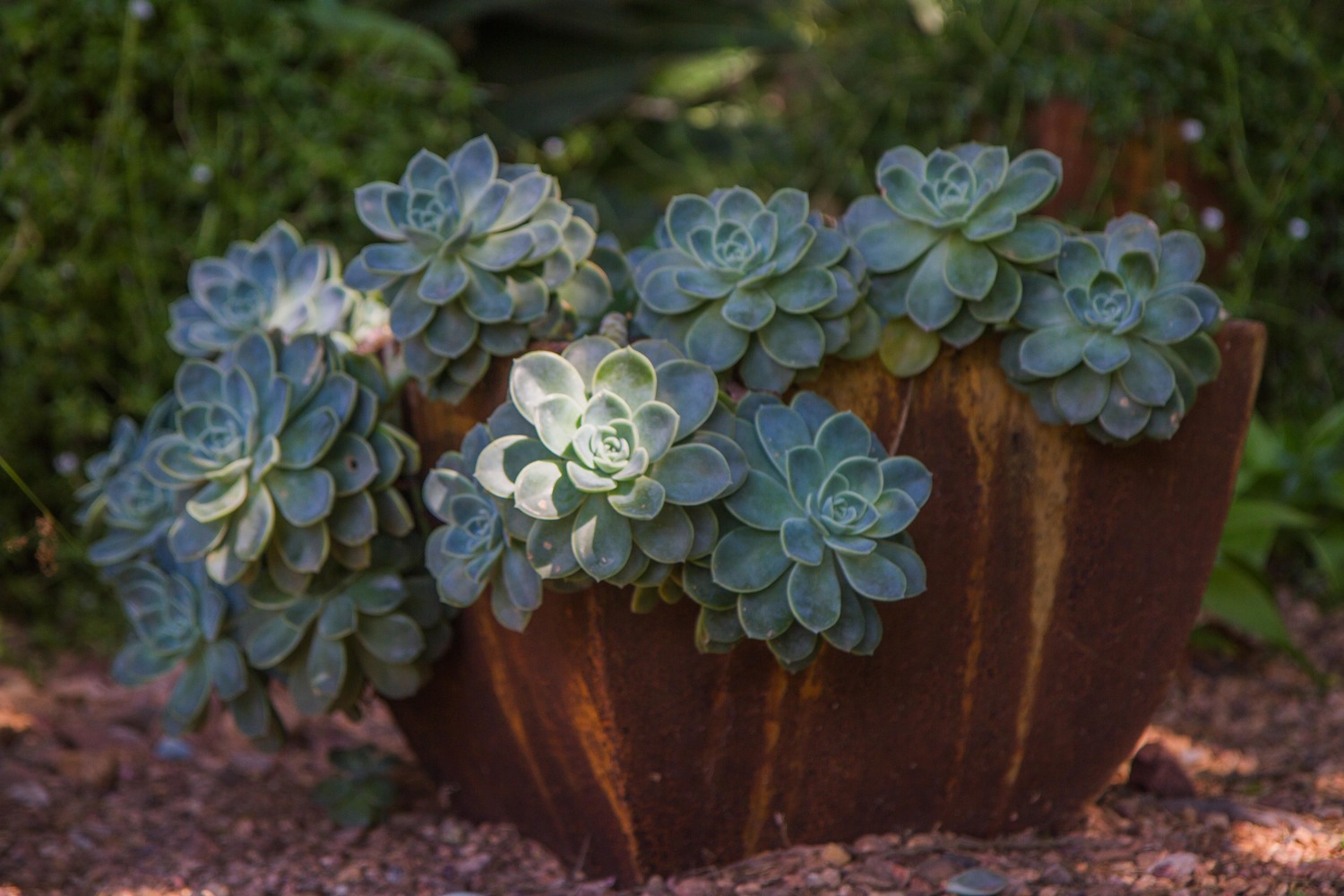

Ornamental Gardening
What Succulents Grow In Shade
Modified: February 9, 2024
Discover the best shade-loving succulents for your ornamental gardening needs. Explore our guide and find the perfect succulent for your shaded garden.
(Many of the links in this article redirect to a specific reviewed product. Your purchase of these products through affiliate links helps to generate commission for Chicagolandgardening.com, at no extra cost. Learn more)
Table of Contents
Introduction
Welcome to the world of ornamental gardening! If you have a passion for plants and want to beautify your outdoor space, growing succulents in shade can be a great option. Succulents are known for their unique and striking appearance, as well as their ability to thrive in various conditions. While most succulents are known for their love of sun, there are indeed several varieties that can tolerate shade.
In this article, we will explore the world of shade-tolerant succulents and provide you with valuable insights on how to successfully grow them. Whether you have a shady balcony, a north-facing garden, or simply want to add some greenery to a darker corner of your yard, this guide will help you create a stunning and low-maintenance shade garden.
Shade gardening with succulents offers an exciting opportunity to experiment with different textures, colors, and shapes. It allows you to create visually appealing arrangements and give a unique touch to your outdoor space. By understanding the specific needs of shade-tolerant succulents and employing effective gardening techniques, you can create a thriving and beautiful garden that will bring you joy for years to come.
So, let’s dive into the world of succulents that grow in shade and discover the secrets to successful shade gardening!
Understanding Shade Tolerance
Before delving into the world of shade-tolerant succulents, it’s important to have a clear understanding of what shade tolerance means for plants. Shade tolerance refers to a plant’s ability to grow and thrive in reduced levels of sunlight. While most succulents prefer full sun, there are varieties that have adapted to survive and even thrive in shaded environments.
Shade-tolerant succulents have evolved unique strategies to cope with lower light conditions. They often have larger, thinner leaves that maximize their surface area for photosynthesis. Additionally, they may have a more compact growth habit, which helps them capture and retain any available light. These adaptations allow shade-tolerant succulents to efficiently convert light into energy, even in less favorable conditions.
It’s important to note that while shade-tolerant succulents can survive in low light situations, they still require some sunlight to thrive. Ideally, they should receive a few hours of indirect or filtered sunlight each day. This can be achieved by placing them near a north-facing window, under the dappled shade of trees, or using shade cloth to filter the sunlight.
When selecting shade-tolerant succulents for your garden, it’s helpful to understand the different levels of shade. Plants are categorized into three main shade tolerance groups:
- Full Shade: These plants thrive in areas that receive little to no direct sunlight. They can tolerate deep shade and are perfect for areas that have limited exposure to natural light.
- Part Shade: These plants prefer areas that receive some direct sunlight but are protected from the intense afternoon sun. They can handle a few hours of direct light but also thrive in filtered or indirect light.
- Filtered Shade: These plants can tolerate indirect or dappled sunlight. They prefer areas that receive gentle or filtered light throughout the day, such as under the canopy of trees or near a window with sheer curtains.
Understanding the shade tolerance levels of succulents will help you choose the right plants for your specific gardening conditions. It’s also worth noting that some shade-tolerant succulents may exhibit different growth habits or colors when grown in full sun versus shade. So, be prepared to observe and adapt as you experiment with different varieties and environments.
Popular Succulents for Shade
While most succulents thrive in sunny locations, there are several varieties that can tolerate shade and still provide stunning beauty to your garden. Here are some popular shade-tolerant succulents that you can consider incorporating into your outdoor space:
- Snake Plant (Sansevieria spp.): Snake plants are known for their striking upright leaves that come in various shades of green and even variegated patterns. They can tolerate low light conditions and are extremely low maintenance, making them a perfect choice for beginners or busy gardeners.
- Zebra Haworthia (Haworthia fasciata): With its distinctive white stripes and compact size, the zebra haworthia is a popular choice among succulent enthusiasts. It thrives in bright indirect light but can tolerate some shade. It’s important to avoid direct sunlight as it can cause sunburn on its leaves.
- Panda Plant (Kalanchoe tomentosa): The fuzzy leaves of the panda plant make it an adorable addition to any shady corner. It prefers bright indirect light but can handle lower light conditions. Be sure to protect it from intense afternoon sun to prevent leaf damage.
- Hens and Chicks (Sempervivum spp.): These rosette-shaped succulents come in a wide range of colors and can tolerate shade. They are able to withstand cooler temperatures, making them suitable for areas with limited sunlight or colder climates.
- Silver Jade Plant (Crassula arborescens): The silver jade plant is a beautiful succulent that can tolerate shade. Its grey-green leaves and upright growth habit make it an attractive addition to any garden. It prefers bright indirect light but can handle filtered sunlight.
These are just a few examples of shade-tolerant succulents that you can grow in your garden. Each variety has its own unique characteristics and care requirements, so be sure to research and understand the specific needs of each plant to ensure their optimal growth and health.
Remember, while these succulents can tolerate shade, they still need some amount of light to thrive. Aim to provide them with a few hours of indirect or filtered sunlight each day to keep them happy and vibrant.
Factors to Consider for Successful Shade Gardening
When it comes to shade gardening with succulents, there are several important factors to consider to ensure their success. By understanding these factors and making appropriate adjustments, you can create an optimal environment for your shade-tolerant succulents to thrive. Here are some key factors to keep in mind:
- Light Levels: Shade-tolerant succulents still require some amount of light to perform photosynthesis and thrive. Different shade-tolerant succulents have varying light requirements, so it’s crucial to understand the specific needs of the plants you choose. Experiment with different locations in your garden to find the right balance of light and shade for optimal growth.
- Soil Drainage: Succulents, including shade-tolerant varieties, require well-draining soil to prevent moisture-related issues like root rot. Amend your soil with coarse sand, perlite, or pumice to improve drainage if necessary. Avoid heavy, compacted soils that can hold moisture and lead to root problems.
- Watering: While shade-tolerant succulents need less water compared to other plants, it’s important not to overwater them. Allow the soil to dry out between waterings. Be mindful of the moisture retention properties of your soil and adjust your watering frequency accordingly. Stick your finger into the soil to check for moisture before watering.
- Humidity: Shade gardens can often be more humid than sun-drenched areas. Pay attention to the humidity levels in your garden as excessive humidity can lead to fungal diseases. Proper air circulation and spacing between plants can help prevent issues caused by high humidity.
- Temperature: Some shade-tolerant succulents are more sensitive to temperature extremes, especially cold temperatures. Ensure that your chosen succulents are suitable for your local climate and protect them from frost or freezing temperatures by bringing them indoors or using frost cloths during cold snaps.
By considering these factors and making appropriate adjustments, you can create a favorable environment for your shade-tolerant succulents to thrive. Always monitor your plants closely, observe their growth and appearance, and make adjustments as needed to ensure their health and vitality.
Tips for Growing Succulents in Shade
Growing succulents in shade can be a rewarding and enjoyable experience. To help you achieve success with your shade-tolerant succulents, here are some helpful tips to keep in mind:
- Select the right succulents: Choose shade-tolerant succulents that are well-suited for your specific growing conditions. Consider factors such as light levels, humidity, and temperature to ensure the best match between your garden environment and the needs of the plants.
- Provide adequate light: While shade-tolerant succulents can grow in lower light conditions, they still require some sunlight to thrive. Place them in locations that receive bright indirect or filtered light for a few hours each day. Experiment with different positions in your garden to find the right balance of shade and light for optimal growth.
- Ensure proper soil drainage: Succulents are prone to root rot if left in overly wet or poorly draining soil. Use well-draining soil mixes specifically formulated for succulents or amend regular potting soil with materials like coarse sand, perlite, or pumice to improve drainage. This will help prevent moisture-related issues and promote healthy root growth.
- Water sparingly: Succulents are adapted to survive in arid environments and have low water requirements. Avoid overwatering by allowing the soil to dry out completely between waterings. When watering, thoroughly saturate the soil, and then allow it to dry out before watering again. Remember, it’s better to underwater than overwater your succulents.
- Protect from extreme temperatures: Shade-tolerant succulents may be more sensitive to temperature extremes, especially cold temperatures. Protect them from frost or freezing temperatures by bringing them indoors or using frost cloths during cold snaps. Similarly, provide shade or protection from intense afternoon heat to prevent sunburn on the leaves.
- Monitor for pests and diseases: Even in shade, succulents can still be susceptible to pests and diseases. Regularly inspect your plants for any signs of damage or infestation. Treat any issues promptly to prevent them from spreading to other plants.
- Allow for air circulation: Proper air circulation is important for preventing fungal diseases and promoting healthy growth. Avoid overcrowding your succulents and ensure adequate space between plants. This will allow for improved airflow and reduce the risk of humidity-related issues.
- Be patient: Succulents are known for their slow growth, so be patient and avoid the temptation to overfertilize or overwater in an attempt to speed up the process. Succulents thrive with minimal nutrients, so use a balanced fertilizer sparingly, following the recommended dosage on the packaging.
With these tips in mind, you are well-equipped to grow beautiful and healthy shade-tolerant succulents. Embrace the unique qualities of these plants and enjoy the journey of creating a stunning shade garden that will bring you joy for years to come.
Conclusion
Creating a shade garden with succulents is a wonderful way to add visual interest and beauty to areas of your outdoor space that receive less sunlight. While most succulents thrive in full sun, there are several shade-tolerant varieties that can bring life and vibrancy to even the shadiest corners of your garden.
Understanding the specific needs of shade-tolerant succulents and implementing the proper care techniques is essential for their success. Consider factors such as light levels, soil drainage, watering, humidity, temperature, and air circulation when growing succulents in shade. By keeping these factors in mind, you can create an environment that allows your shade-tolerant succulents to thrive.
Remember to select shade-tolerant succulents that are well-suited for your specific gardening conditions. Provide them with adequate light, well-draining soil, and water sparingly to prevent issues such as root rot. Protect your plants from extreme temperatures and monitor for pests and diseases. Additionally, allow for proper air circulation and be patient with the slow growth rate of succulents.
Shade gardening with succulents offers a unique opportunity to explore different textures, colors, and shapes in your garden. With a little experimentation and care, you can create a lush and captivating shade garden that brings joy and tranquility to your outdoor space.
So don’t be discouraged by the limitations of shade; embrace the beauty and versatility of shade-tolerant succulents and embark on a journey to create a stunning oasis in the shadiest corners of your garden.

